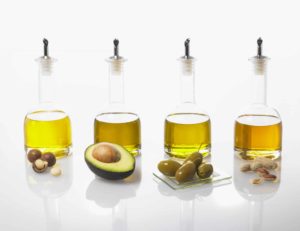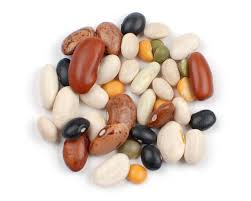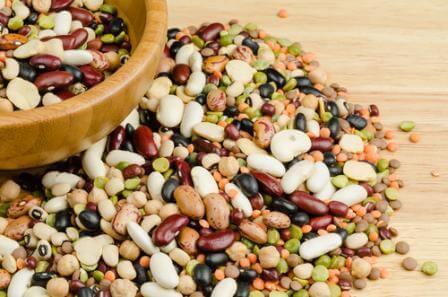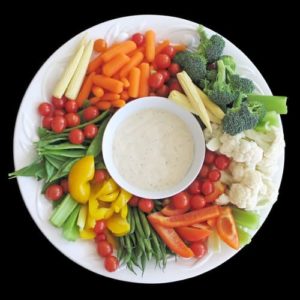
Dr. Dean Ornish has developed a well-known protocol which has been clinically proven to reverse heart disease, diabetes, and even early stage prostate cancer. Yet his promotion of a very low-fat diet (about 10% of calories from fat) seems to be at odds with today’s prevailing view that a low-fat diet is not the best way to promote health.
At the recent Finding Common Ground meeting, I had an opportunity to ask Dr. Ornish about the discrepancies between his views on fat and those of other presenters at the conference, many of whom support a Mediterranean-style eating pattern that is 3.5 to 4 times higher in fat.
Although the goal of the Finding Common Ground event was to produce a consensus about healthy diet, the optimal amount of fat in the diet was a “detail” upon which we had to agree to disagree.
In the following interview, recorded on Wednesday, November 18, 2015, I asked Dr. Ornish how he would respond to an email I got from a reader, asking whether she needed to avoid fat in order to stay off cholesterol-lowering medication. As you’ll hear, Dr. Ornish argues that the amount of fat consumed by patients who adopt his program is not the most important aspect of the intervention. That said, he’s giving little ground on the issue of whether his low-fat whole foods diet is better than the high-fat whole foods diet recommended by many others. Click on the left edge of the bar to hear the interview.
See also Dr. David Katz’s excellent commentary, prompted by the same email.


 Should you cook with olive oil or coconut oil? Grapeseed? Walnut? It really depends on what you’re after.
Should you cook with olive oil or coconut oil? Grapeseed? Walnut? It really depends on what you’re after.

 Although legumes are good for you in all kinds of ways, not everyone cares for beans. Some find the texture off-putting; others don’t care for the taste. But with a little creativity, virtually everyone can learn to love (or at least like) legumes. Here’s a collection of my best tips.
Although legumes are good for you in all kinds of ways, not everyone cares for beans. Some find the texture off-putting; others don’t care for the taste. But with a little creativity, virtually everyone can learn to love (or at least like) legumes. Here’s a collection of my best tips.
